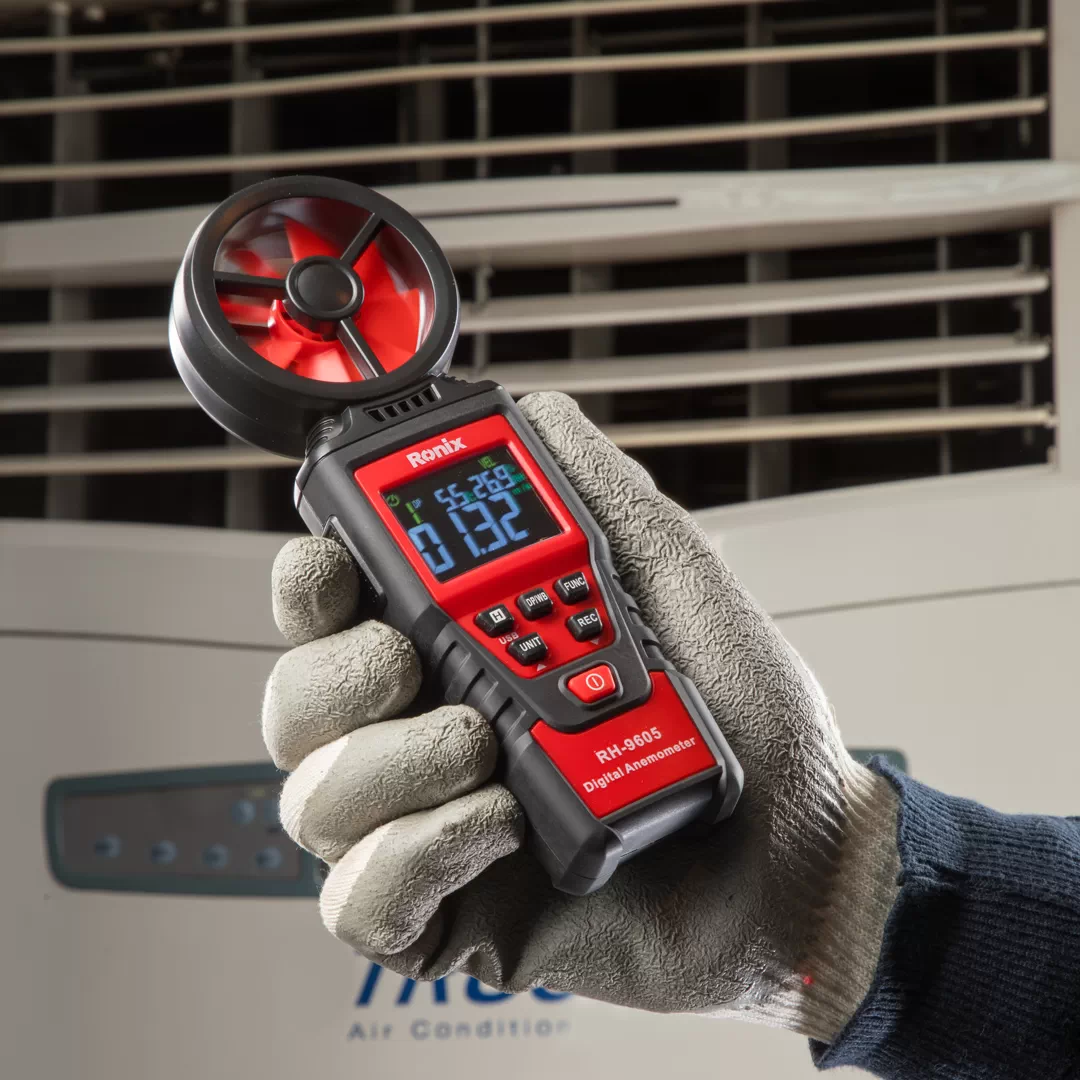How to Preserve and Look After Your Anemometer to Guarantee Long Life
How to Preserve and Look After Your Anemometer to Guarantee Long Life
Blog Article
Anemometers Unveiled: Understanding Their Value in Environmental Monitoring and Safety And Security Measures
The function of anemometers in environmental tracking and precaution is commonly undervalued, yet their significance is undeniable. These tools have a long background rooted in clinical questions and technological improvements, developing to come to be essential tools in numerous fields. From weather forecasting to air travel safety and security, anemometers play an important role in giving accurate data that educates decision-making procedures and improves total safety and security. Understanding the intricacies of anemometers reveals a globe of vital understandings that are basic to our understanding of the atmosphere and the measures we require to make sure safety and security.
Background of Anemometers
The advancement of anemometers can be traced back to the ancient civilizations where rudimentary wind determining tools were initial utilized. These early wind measurement devices laid the foundation for the advancement of extra advanced anemometers in time. One of the earliest well-known anemometers was the hemispherical mug anemometer invented by Leon Battista Alberti in the 15th century. This design contained 4 hemispherical mugs that collected wind energy, offering a dimension of its strength based on the rate of rotation.
In the 18th century, the renowned researcher John Thomas Romney Robinson introduced the Robinson anemometer, which included four hemispherical cups installed on horizontal arms that prolonged from a central axis. This layout ended up being a criterion in atmospheric dimensions as a result of its accuracy and reliability. Throughout the years, improvements in modern technology led to the growth of more modern-day anemometers, including ultrasonic anemometers and laser Doppler anemometers, supplying enhanced precision and performance in gauging wind speed and instructions. The history of anemometers showcases a remarkable trip of innovation and progress in the field of weather forecasting.
Kinds Of Anemometers
Throughout the area of weather forecasting, numerous types of anemometers have actually been developed to accurately measure wind rate and instructions. Sonic anemometers make use of ultrasonic signals to measure wind speed and instructions properly. Hot-wire anemometers run based on the principle that the cooling effect of wind on a heated wire is proportional to the wind speed.
Applications in Meteorology
Having reviewed the various kinds of anemometers used in weather forecasting for determining wind speed and instructions, it is necessary to explore their sensible applications in the field. Anemometers play a crucial duty in weather forecasting by offering accurate and real-time data on wind problems (anemometer). Meteorologists use anemometers to check wind rate and instructions to forecast weather condition patterns, concern cautions for extreme weather events like typhoons, tornados, and twisters, and examine atmospheric conditions for air travel security
In meteorology, anemometers aid in understanding neighborhood and regional wind patterns, which are essential for forecasting climate adjustments and determining weather fads. These gadgets are additionally used in study to examine microclimates, metropolitan heat islands, and air contamination diffusion. Additionally, anemometers are utilized in agriculture to maximize plant monitoring techniques, such as irrigation and chemical application, based upon wind conditions.
Relevance in Aeronautics Safety
An indispensable aspect of ensuring air travel security lies in the thorough surveillance of wind conditions utilizing anemometers. Anemometers play a vital role in aeronautics by giving real-time information on wind rate and instructions, helping pilots in making informed choices throughout trip, take-off, and landing. Get the facts Strong and unpredictable winds can considerably impact airplane operations, making it necessary for aviation authorities to rely upon exact wind measurements to make certain the safety and security of guests and staff.

In the dynamic setting of aviation, where also minor adjustments in wind speed and instructions can have profound impacts, anemometers stand as vital tools for promoting protected and safe flight.
Role in Environmental Research Study
Anemometers play an essential function in environmental research by supplying crucial information on wind rate and instructions. By properly gauging wind features, anemometers aid scientists assess the activity of toxins in the air, assess the influence of industrial emissions, and predict the spread of contaminants in the environment.


Verdict
In final thought, anemometers have played a critical function in environmental surveillance and security procedures. Understanding the significance of anemometers is crucial for precisely measuring wind rate and direction, which is crucial for predicting climate patterns, guaranteeing secure air travel operations, and conducting environmental researches.
One of the earliest well-known anemometers was the hemispherical mug anemometer invented by Leon Battista Alberti in the 15th century. Over the years, developments in innovation led to the development of even more modern anemometers, consisting of ultrasonic anemometers and laser Doppler anemometers, offering raised accuracy and efficiency in determining wind rate and direction. Hot-wire anemometers run based on the concept that the cooling impact of wind on a warmed wire is proportional to the wind rate. Meteorologists use look at this web-site anemometers to keep an eye on wind rate and direction to forecast climate patterns, concern warnings for serious climate events like hurricanes, storms, and hurricanes, and analyze atmospheric conditions for aeronautics safety and security.
Comprehending the relevance of anemometers is important for precisely determining wind rate and instructions, which is essential for forecasting weather patterns, guaranteeing risk-free air travel procedures, and carrying out ecological research studies. (anemometer)
Report this page